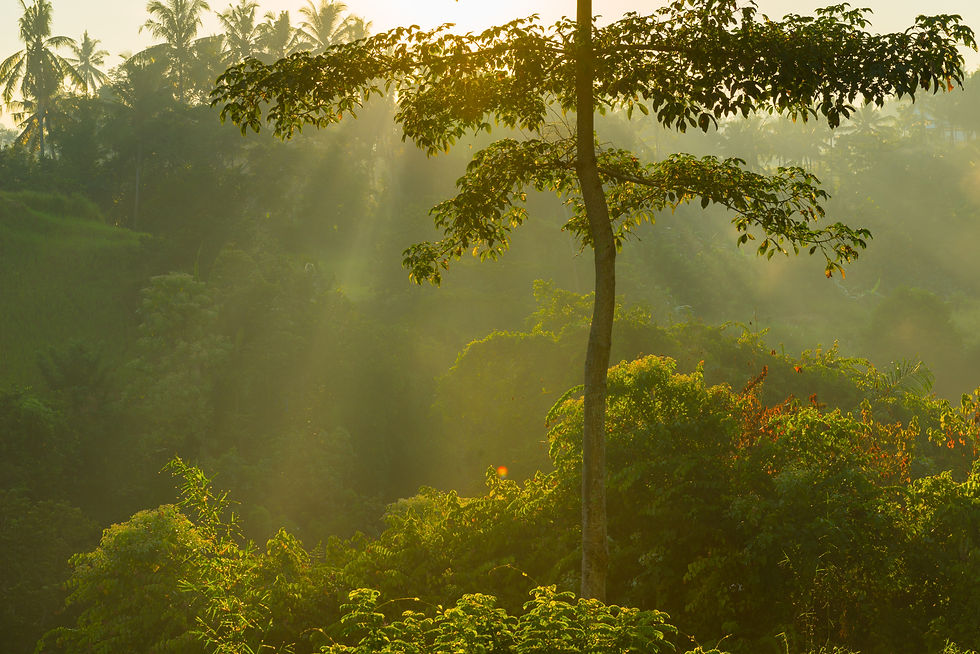The First Country in the Middle East to Align with the Paris Agreement
- BRANDi
- Nov 14, 2024
- 2 min read

At COP29, the focus is on Article 6 of the Paris Agreement, which encourages international cooperation through carbon markets and cross-border climate initiatives. This is crucial for helping countries—especially those with economies dependent on carbon-intensive industries—meet their climate goals. A standout example of this transition is the United Arab Emirates (UAE), which has become the first Middle Eastern nation to commit to the Paris Agreement’s goal of limiting global temperature rise to below 1.5°C. The news comes as a major surprise as a majority of the country's business, investments, and revenue are rooted in carbon-based energy; the UAE has the 7th largest oil reserves and 7th largest natural gas reserves. Under the leadership of Sheikh Mohammed bin Rashid al-Maktoum, the UAE is showing commitment to sustainability, positioning itself as a GREAT example of a country transitioning from fossil fuels to green energy.
TURNING A NEW LEAF
According to the UAE government, UAE's 2050 energy goals, dubbed "UAE Net Zero 2050," target an energy mix of renewable, nuclear, and clean energy sources. By 2050, Emiratis policymakers hope to have
44% clean energy
38% gas
12% clean coal
6% nuclear
This year, the UAE updated its national energy strategy to set ambitious green goals, focusing on the positive outcomes of a green transition with clear milestones. Key targets include creating 50,000 green jobs by 2030, tripling renewable energy capacity to 14 GW, increasing clean energy’s share in the total energy mix to 30%, and achieving carbon neutrality by 2050. To support these goals, the UAE plans to invest AED 150–200 billion by 2030 to meet growing energy demand. Additionally, the UAE aims to lead environmental efforts in the Middle East with further initiatives in sustainability and energy.
PRIMED FOR SOLAR ENERGY
One of the biggest strengths the UAE has is that much of its landscape is desert. With intense, unfiltered sun rays, the UAE is well poised geographically to profit from investments in solar energy, as it can receive, on average, 10 hours of sunlight per day for 350 days of sun annually. The Mohammed bin Rashid Al Maktoum Solar Park is currently the largest single-site solar park in the world, and by 2030, its planned production capacity will reach 5,000 MW. When that happens, the enlarged park will save over 6.5 million tons of carbon emissions annually.
Despite the UAE’s long history of profiting from fossil fuels, making a change is never too late. Its movement toward a greener and more sustainable future is the right choice, becoming a shining example of how a country can use its positions and power to reinvent itself and influence for good. Investing more of its capital and efforts toward renewable and clean energy is more sustainable in the long term and, when managed correctly, can be incredibly profitable.



Comments